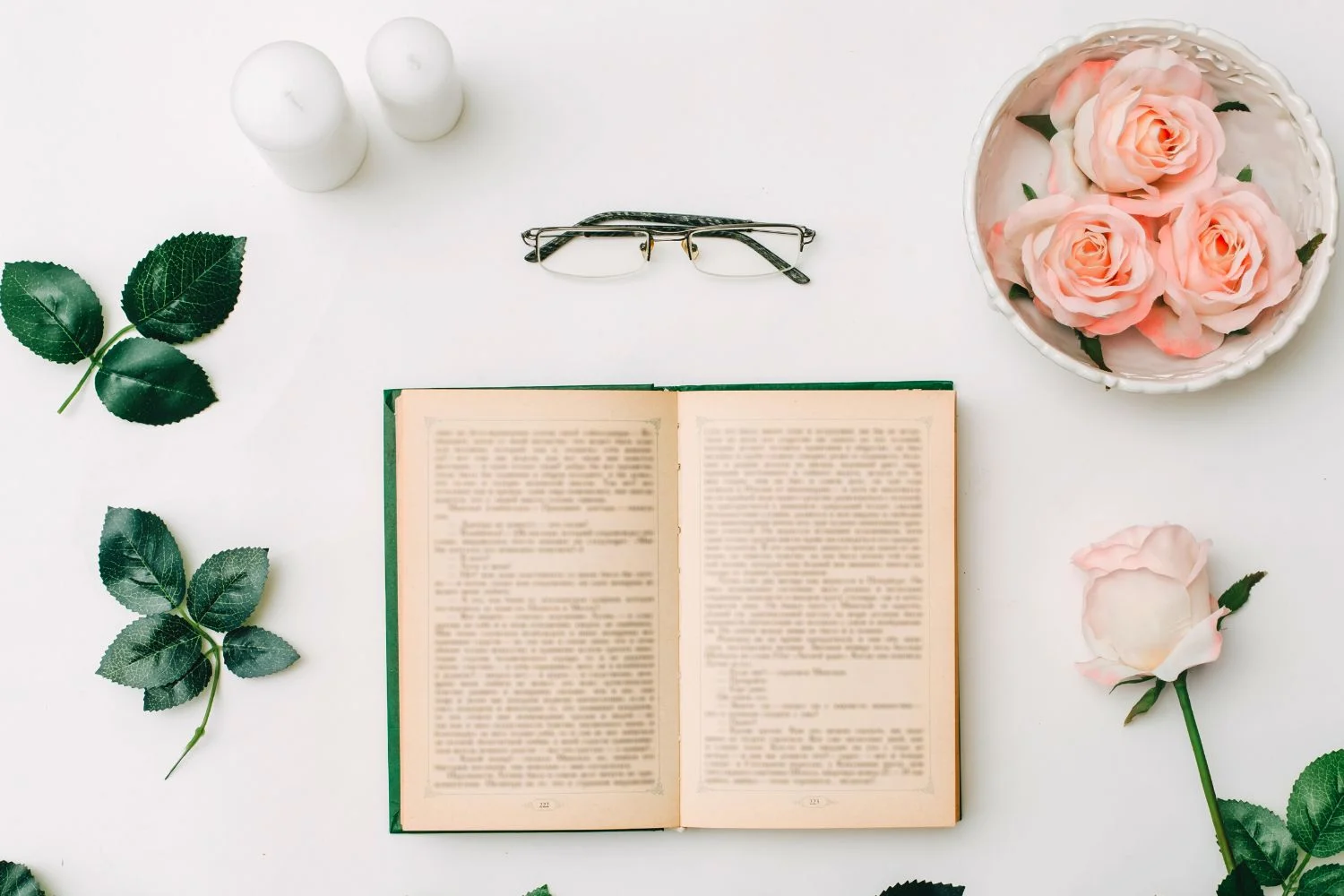Currently Empty: $0.00

Imagery Examples have the incredible power to transport readers to different worlds, allowing them to experience stories on a deeply vivid level. As an integral part of literature, imagery paints pictures with words, engaging our senses and emotions. In this blog, we’ll delve into the enchanting realm of literary imagery, exploring its significance, techniques, and providing you with a plethora of imagery examples to spark your imagination.
Table of Contents
Table of Contents
- Introduction to Imagery in Literature
- The Power of Vivid Descriptions
- Techniques for Creating Imagery
- Imagery Examples Across Different Genres
- How Authors Evoke Emotions Through Imagery
- Frequently Asked Questions (FAQs)
- Dive Deeper into Imagery
- Explore More About Literature
Introduction to Imagery in Literature
Imagine a world where words transform into vivid images, where you can feel the soft touch of a summer breeze, taste the bittersweet flavor of nostalgia, and hear the echoes of laughter from distant memories. This is the magic of imagery in literature. Through carefully crafted descriptions, authors create a sensory-rich experience that pulls readers into the heart of the narrative. Imagery not only adds depth to a story but also allows readers to immerse themselves in a realm where imagination knows no bounds.
The Power of Vivid Descriptions
Imagery takes the ordinary and transforms it into the extraordinary. It turns a simple sunset into a canvas of colors bleeding into the horizon, a fleeting moment into an eternity. The power of imagery lies in its ability to awaken our senses, making us feel as if we are participants rather than mere observers in the story. When an author writes that “the moon hung low, a radiant silver pendant against the velvet sky,” we’re no longer reading words – we’re experiencing the scene as if it were before our eyes.
Techniques for Creating Imagery
Simile and Metaphor
Similes and metaphors are the artist’s palette of imagery. A simile compares two things using “like” or “as,” while a metaphor directly equates two seemingly unrelated entities. For instance, “Her laughter danced like wind chimes in a gentle breeze” is a simile that paints a beautiful image of laughter’s melodic quality. On the other hand, “His heart was a stone, unyielding to the tides of emotion” is a metaphor that conveys emotional hardness through imagery.
Personification
Personification gives human attributes to non-human elements, making them relatable and evoking strong imagery. “The old house groaned with weariness” is an example of personification, endowing the house with human-like exhaustion. This technique breathes life into inanimate objects, forging a deeper connection between readers and the narrative.
Symbolism
Symbols hold immense power in literature. By using objects or concepts to represent deeper meanings, authors infuse their work with layers of imagery. Consider a red rose symbolizing love or a broken mirror reflecting shattered dreams. Such symbolism taps into the reader’s subconscious, unraveling profound emotions through imagery-laden representations.
Imagery Examples Across Different Genres
Imagery in Poetry
Poetry is a playground of imagery, where every word is a brushstroke on the canvas of emotion. In Robert Frost’s “The Road Not Taken,” the lines “Two roads diverged in a yellow wood” conjure a vivid image of a forked path amidst a forest bathed in sunlight. Through such lines, poets create snapshots that linger in the mind’s eye, etching emotions and scenes that last a lifetime.
Imagery in Prose
Prose, too, wields imagery’s enchantment to craft rich narratives. In J.K. Rowling’s “Harry Potter and the Sorcerer’s Stone,” the description of the Hogwarts Express – “smoke from the engine drifted over the heads of the students, who were still watching it and ‘oohing'” – invites readers to step onto Platform 9¾, smelling the coal, hearing the cheers, and feeling the excitement.
How Authors Evoke Emotions Through Imagery
Authors use imagery to evoke a spectrum of emotions. A sunlit meadow can evoke serenity, while stormy seas can stir restlessness. By skillfully selecting imagery, authors align readers’ emotions with the narrative’s intended tone. When characters in a story are surrounded by towering skyscrapers and bustling streets, readers sense the urban hustle and bustle, sharing in their experiences and feelings.
Frequently Asked Questions (FAQs)
Q1: How does imagery enhance the reading experience?
A1: Imagery transports readers beyond words, immersing them in the story’s world. It makes descriptions come alive, engaging multiple senses and enhancing emotional connections.
Q2: Can imagery be found in non-fiction writing?
A2: Absolutely! While more common in fiction, non-fiction writers use imagery to paint vivid pictures, making factual information captivating and relatable.
Dive Deeper into Imagery
Ready to explore the enchanting world of imagery? Check out these resources to deepen your understanding:
- LiteraryDevices.net: This comprehensive website offers a detailed guide to various literary devices, including imagery, providing valuable insights for writers and readers alike.
- PoetryFoundation.org: Dive into a treasure trove of poetry, where imagery reigns supreme. Explore classic and contemporary poems that showcase the artistry of language.
Explore More About Literature
For those hungry for more literary discussions and insights, these websites are a goldmine:
- BookRiot.com: Discover engaging articles, reviews, and recommendations about literature from diverse genres and cultures.
- LiteraryHub.net: Immerse yourself in the literary world with author interviews, essays, and in-depth analyses of literary works.
Immerse yourself in the world of imagery, where words come alive and stories unfold through the vivid tapestry of descriptive language. Let your imagination roam free as you journey through the realms crafted by authors who masterfully wield the power of imagery.

